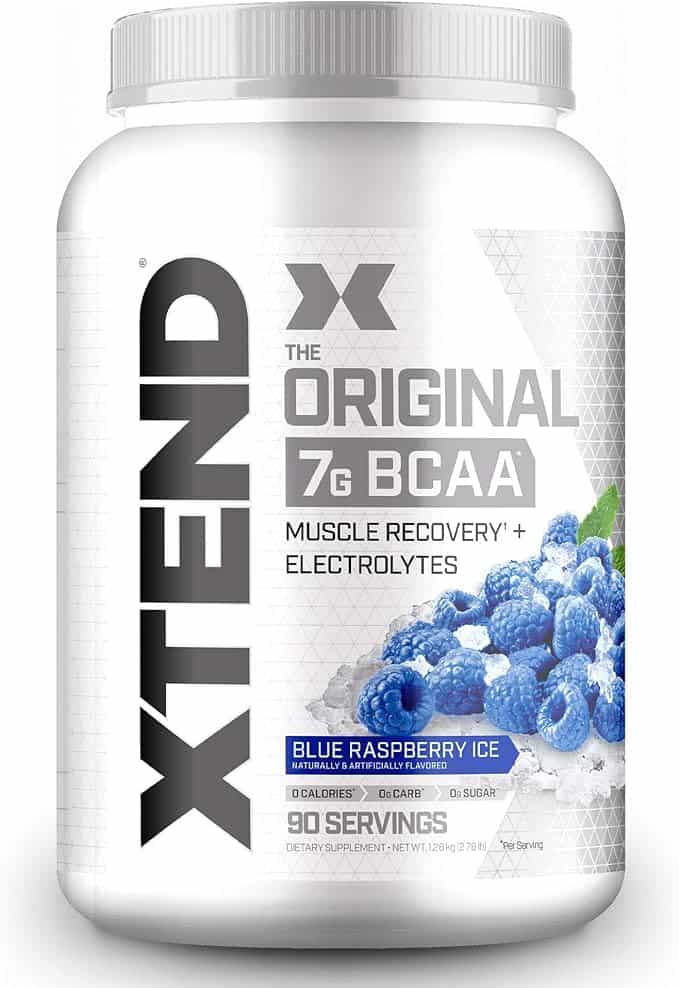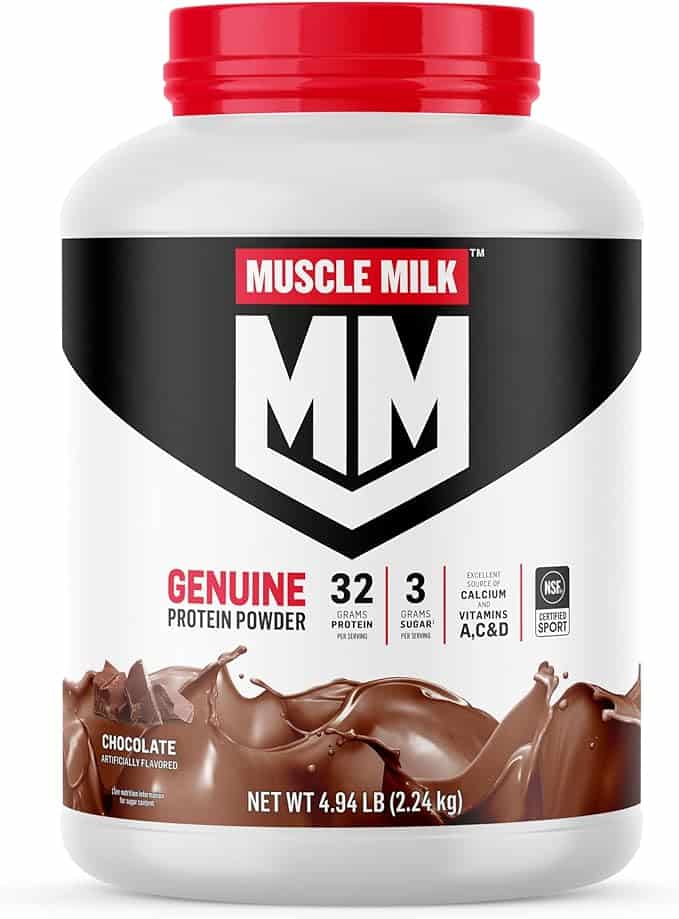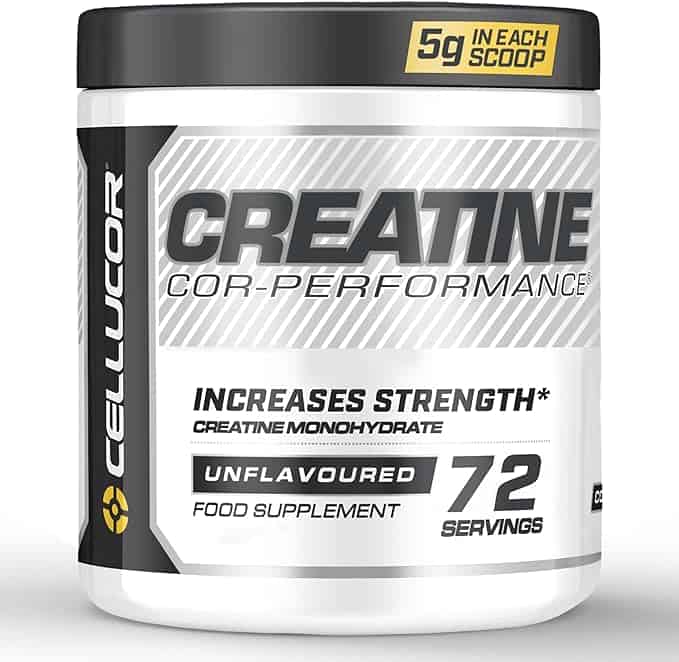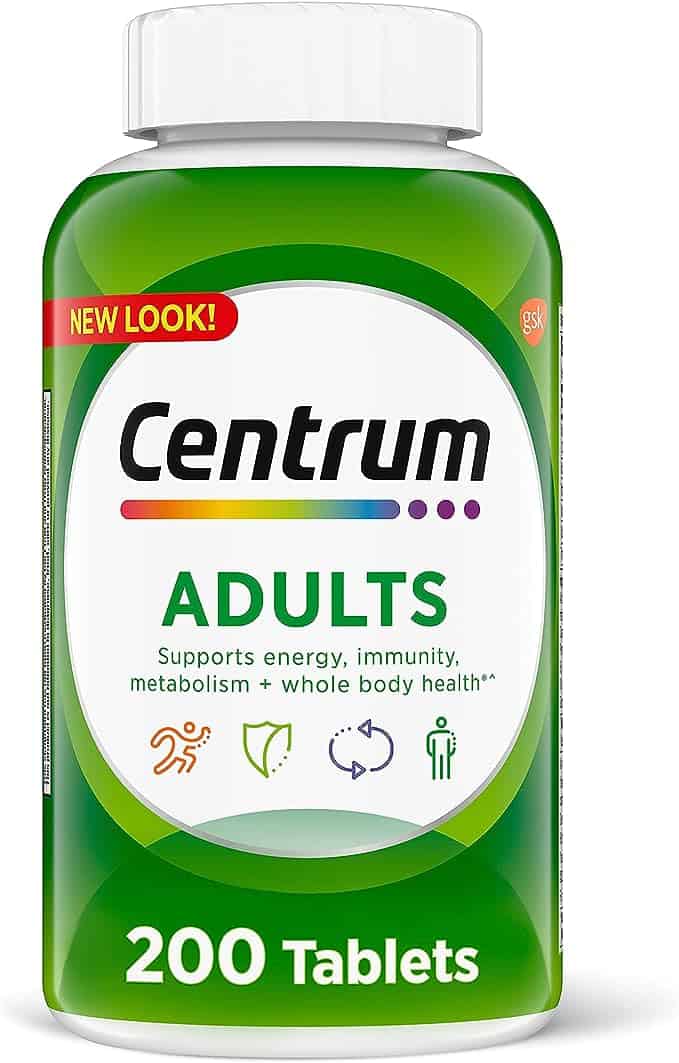Protein Smoothie Recipes for Weight Loss and Muscle Gain
Here are 105 different protein shake recipes!
Utilize all kinds of fruits, vegetables, spices, and fun ingredients like peanut and almond butter, honey, oatmeal, and flavor extracts. Whatever you have laying around probably can be used in one of these protein shakes.
For those without digestive issues, check out the link to Optimum Nutrition below. It is an awesome product with a huge variety of flavors and sizes.
For those who are lactose intolerant, check out Muscle Milk protein powder, which also comes in several flavors and sizes. When I found Muscle Milk I could finally start mixing protein recipes again!
Need protein powder?
Optimum Nutrition is nutritionally the healthiest and highest quality protein powder I’ve found at a reasonable price. It comes in over 20 different flavors and is available in 1 lb, 2 lb, 5 lb, and 10 lb containers. Click here to order or learn more.
Muscle Milk is an equally great product and is also great for lactose intolerance. That’s right, if whey protein usually makes you sick give Muscle Milk a try. It comes in at least 10 flavors and in 2.5 and 5 lb jugs. Click here to order or learn more.











